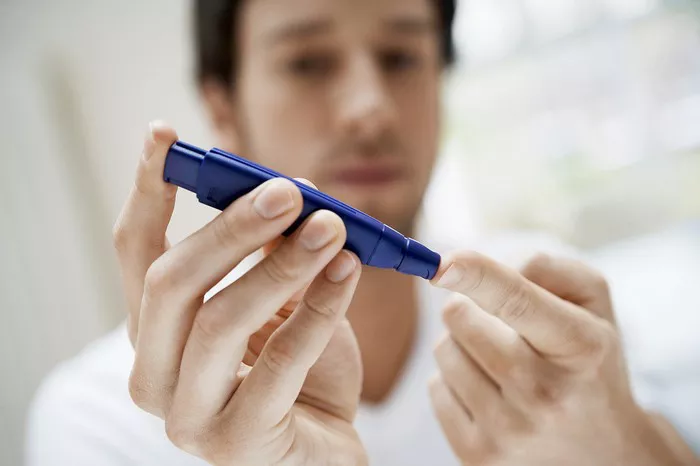Diabetes affects over 10% of the adult population globally, with an alarming increase in vision-threatening complications such as diabetic retinal disease (DRD). DRD remains the leading cause of preventable blindness among individuals aged 20-74, often going undetected in its early stages when symptoms are absent, making regular screenings vital for early intervention.
In a recent publication in Diabetes Technology & Therapeutics, Dr. Thomas Gardner, M.D., M.S., a professor of ophthalmology at the University of Michigan, sheds light on current screening protocols and treatment advancements for DRD. As a member of the Caswell Diabetes Institute, Dr. Gardner has been at the forefront of understanding and combating the impact of diabetes on eye health.
Diabetes can affect multiple organ systems, including the kidneys, nerves, and eyes. DRD damages the retinal blood vessels and nerve cells, leading to bleeding, abnormal blood vessel growth, and eventual nerve cell death. As Dr. Gardner notes, individuals often do not seek treatment until their vision is significantly threatened, a point by which late-stage DRD may have already developed.
The American Diabetes Association recommends that adults diagnosed with type 2 diabetes undergo an eye exam at the time of diagnosis, while those with type 1 diabetes should have their first eye exam within five years of diagnosis. The difference in these guidelines stems from the fact that individuals with type 2 diabetes may experience vision complications even before recognizing they have the condition.
Dr. Gardner highlights that adolescents and young adults are particularly vulnerable to DRD due to the challenges in managing their diabetes effectively. The unpredictability of blood sugar levels, despite maintaining consistent medication, diet, and exercise routines, complicates the condition’s management.
“Maintaining stable blood sugar is tough,” said Dr. Gardner. “The challenge is achieving lower blood sugar without triggering hypoglycemia, which can cause symptoms such as shaking, dizziness, and an irregular heartbeat.”
While advancements in insulin pumps and continuous glucose monitoring devices have improved blood sugar control, managing other aspects of diabetes, such as blood pressure and organ health, is also crucial for preventing complications like DRD.
Ongoing research has identified several promising medications that help manage diabetes-related complications and could slow the progression of DRD. Drugs like SGLT inhibitors, GLP-1 receptor agonists, and fenofibrate, which are typically used to treat conditions such as kidney disease, heart disease, and high cholesterol, have shown potential in reducing the risk of vision loss in diabetic patients.
“These medications were developed for other purposes but have proven beneficial in safeguarding against diabetic eye damage,” Dr. Gardner explained.
In collaboration with the Caswell Diabetes Institute’s Mary Tyler Moore Vision Initiative, Dr. Gardner and his team aim to develop innovative screening techniques for early DRD detection, along with treatments to preserve and restore vision for diabetic patients.
“The outlook for people with diabetes regarding vision is more hopeful than ever,” Dr. Gardner concluded. “With consistent screenings and appropriate treatment, vision loss is preventable, and there is reason to be optimistic about future advancements.”
Related topics:
Low-Glucose Alerts Enhance Road Safety for Diabetic Drivers, Study Shows
Insulin Pumps Enhance Adherence to Diabetes Management for Type 1 Patients
Sharp Drop in Price of Empagliflozin After Patent Expiry: Impact on Diabetes Treatment Costs


























